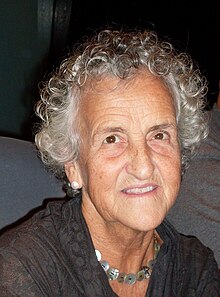
Isabel-Clara Simó i Monllor was a Spanish journalist and writer. She is considered one of the most important writers in the Catalan language.
Tomàs Garcés i Miravet was a Catalan poet and lawyer.

The Creu de Sant Jordi is one of the highest civil distinctions awarded in Catalonia (Spain), surpassed only in protocol by the Gold Medal of the Generalitat de Catalunya. It was established by the Generalitat de Catalunya autonomous government by virtue of the Decret 457/1981 de 18 de desembre in 1981. The medal was designed by goldsmith Joaquim Capdevila.
Ara is a Catalan daily Spanish newspaper that began publication on 28 November 2010, coinciding with the 2010 Catalan regional election. It is the third most read daily newspaper in Catalonia, and the most read daily newspaper written exclusively in the Catalan language. Its regional edition, Ara Balears, is the most popular Catalan language newspaper on the Balearic Islands. ARA's online edition had nearly 3.2M visitors in September 2017, making it the most popular online newspaper in Catalan language.

Emili Teixidor i Viladecàs was a Catalan writer, journalist and pedagogue. He wrote over thirty novels, mainly for children and teenagers, but he is perhaps best known for his acclaimed adult novel, Black Bread, which inspired a film of the same name.

The gold metal of the Generalitat of Catalonia is the highest award given by the Generalitat of Catalonia to those people or institutions who have excelled with their work in the political, social, economic, cultural or scientific, and raised awareness of Catalan cultural heritage. Together with the Creu de Sant Jordi, Premi Internacional Catalunya and Medalla d'Honor del Parlament de Catalunya it is one of the highest civil awards in Catalonia.
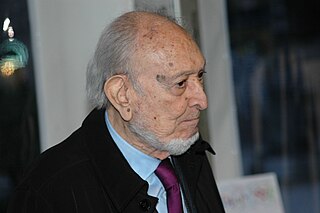
Josep Maria Castellet Díaz de Cossío, also known as José María Castellet, was a Spanish Catalan writer, poet, literacy critic, publisher and editor.

Maria Antònia Oliver Cabrer was a Spanish writer. Her work has been translated into German, English, Spanish, Galician, French, Portuguese, and Russian. She was honored with the Premi d'Honor de les Lletres Catalanes in 2016.

Isabel Steva i Hernández, whose pseudonym was Colita, was a Spanish photographer. She trained with Xavier Miserachs i Ribalta, and began her professional career in 1961 as a laboratory technician and stylist for Miserachs.
The Public Diplomacy Council of Catalonia – previously known as the Patronat Catalunya Món – is a public-private consortium set up by the Catalan government, the Generalitat. It is devoted to promoting international awareness of Catalonia within the international community through public diplomacy tools. Albert Royo i Mariné was the secretary general of the Diplomacy Council from 14 February 2013 to October 27, 2017 when the government of Spain decided to close the consortium in application of article 155 of the Spanish Constitution. Its creation has been controversial, since the constitution reserves external action to the government of Spain exclusively. With the arrival of the new government of the Generalitat, the President Quim Torra convened the first meeting of its board of trustees since the beginning of the process of liquidation. With this announcement, the liquidation of the consortium was terminated and the process of reactivation started. In December 2018 its board of trustees appointed Ms. Laura Foraster as the new secretary general of Diplocat.

Josefina Castellví Piulachs is a Spanish oceanographer, biologist and writer. Castellvi Peak on Hurd Peninsula, on Livingston Island in Antarctica is named in her honour. In 1984 she was the first Spaniard to participate in an international expedition to Antarctica. She received her bachelor's degree in 1957 and a PhD in biological sciences at the University of Barcelona in 1969. In 1960 she started working for the Institut de Ciències del Mar in Barcelona. In addition, she conducted research at the Spanish National Research Council (CSIC) and was a delegate in Catalonia for two years (1984-1986).
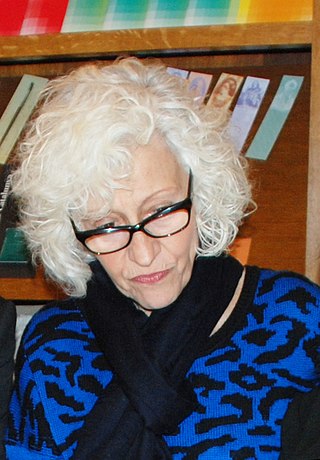
Carme Solé Vendrell is a Spanish illustrator and writer, mainly of children's books. Since 1968, she has illustrated more than a hundred books. She has also worked on television series such as Víctor y María. She was a Premi Nacional de Cultura laureate in 1979 and 2012.

Teresa Pàmies Bertran was a Spanish Catalan-language writer.

Margarida Aritzeta i Abad (Valls, July 20, 1953) is a writer and was a professor of literary theory and comparative literature at the University Rovira i Virgili (Tarragona) until September 2018.
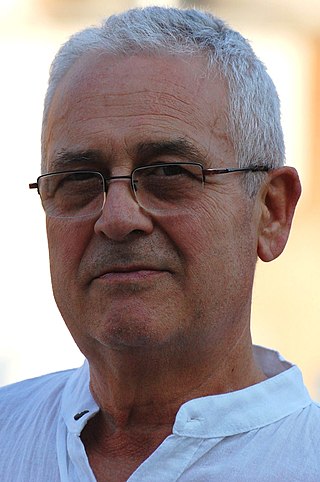
Joan Soler i Amigó was a Spanish writer and teacher.
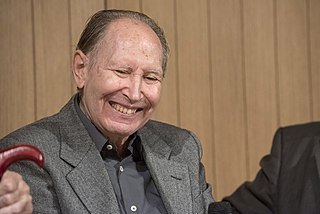
Josep Massot i Muntaner was a Spanish historian, Roman Catholic monk and philologist.

Carles Capdevila i Plandiura was a Catalan journalist and writer, director of the newspaper Ara for its first five years and from 28 November 2015 onwards founding director. He presented and directed the programmes Eduqueu les criatures in Catalunya Ràdio and Qui els va parir in TV3. He was deputy director of the program Malalts de tele. He directed the section Alguna pregunta més?, within El matí de Catalunya Ràdio. He received the humor and satire award 'Premi Pere Quart d'humor i sàtira' in 1999 for the book Criatura i companyia and in 2016 the National Prize for Communication. He died from colorectal cancer on 1 June 2017.

Marta Pessarrodona y Artigues is a Catalan poet, storyteller and literary critic. She has also written essays and biographies. She is the author of books such as Primers dies de 1968 (1968), Setembre 30 (1969), Vida privada (1972), Memòria (1979), A favor meu, nostre (1981), Tria de poemes (1994), and L'amor a Barcelona (1998). In 1997, she received the Creu de Sant Jordi.

The Medalla d'Honor del Parlament de Catalunya is a civil honorary distinction awarded by the Parliament of Catalonia since 2000, recognising members of the Parliament and other people living in Catalonia for their careers and contributions to the region, as well as exceptional service.
